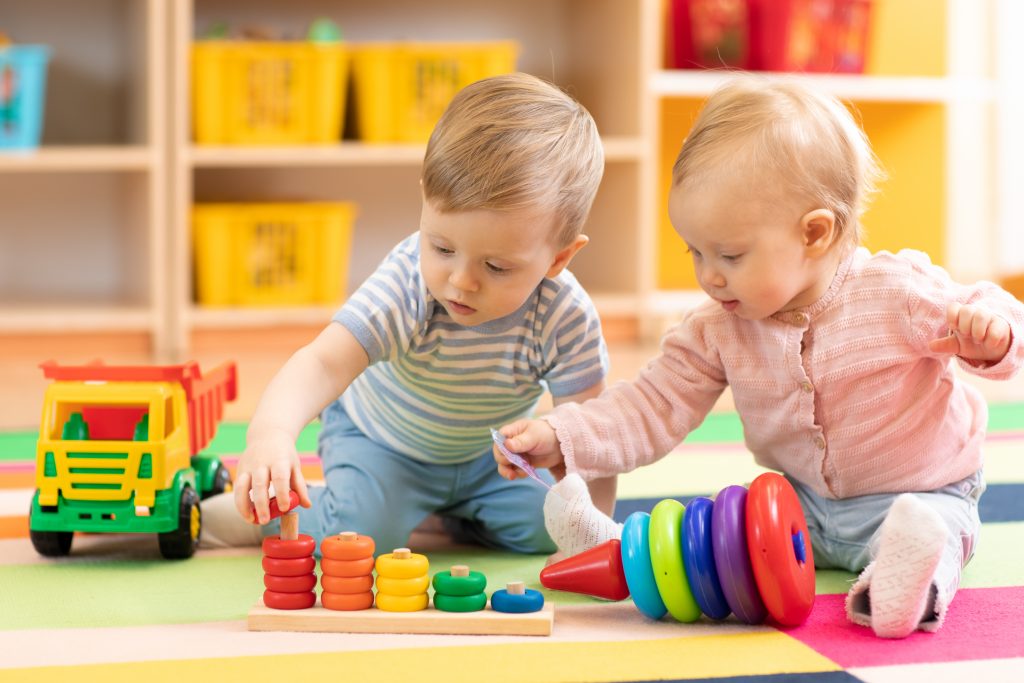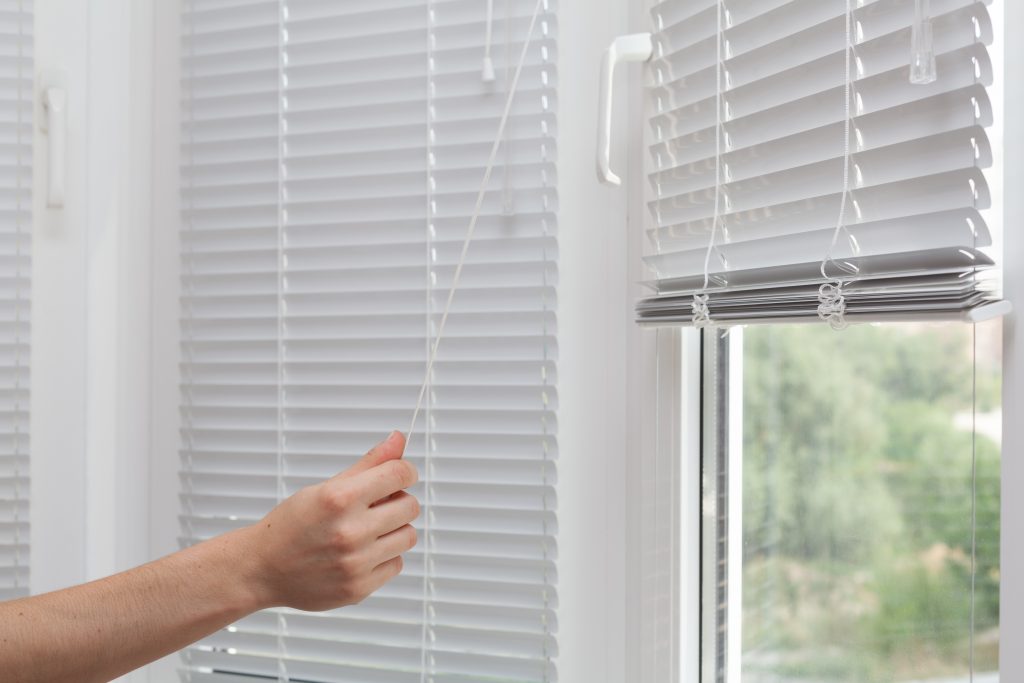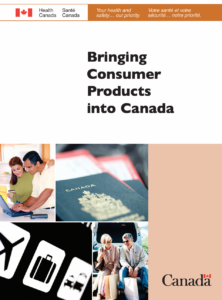Survey results show that most Canadians believe that, if a product is available for sale, it is safe or has been tested for safety. But this is not always the case in Canada, particularly for children’s products. In fact, many consumer products, including many children’s products, do not have to meet any standards or regulations.
The result is an increasing risk of product-related injuries to children and youth due to their age, cognitive abilities and developmental stage. Injuries from the use of consumer products are common, often serious and sometimes fatal.
Regulation of products in Canada
The federal government’s Canada Consumer Product Safety Act, created in 2010, is meant to protect the public by addressing or preventing dangers to human health or safety posed by consumer products in Canada. Says the act’s summary: It “applies to suppliers of consumer products in Canada, including manufacturers, importers, distributors, advertisers and retailers.”
Health Canada and consumer product safety
Health Canada provides information and services on incident reporting, recalls and alerts, cosmetic information, product safety education and consumer product requirements. On the Consumer Products and Cosmetics website, you can:
- Check for product recalls. The website lists products recalled by the manufacturer due to concerns with safety.
- Find more information on the safety and requirements of consumer products.
- Report an incident where a consumer product or cosmetic caused an injury.
- Report an unsafe product if you are shopping and see a product you think is a concern or is banned, such as yo-yo balls or baby walkers.
Child product safety
Not all children’s products are regulated in Canada.
Examples of children’s products that are not regulated but pose a safety concern are bath seats, trampolines and bunk beds. However, there are national regulations for products such as cribs, strollers, baby gates and playpens.
Toys sold in Canada must meet specific safety requirements, intended to protect children from injuries and deaths.

- Toys intended for children less than three years of age cannot be sold in Canada if they are small or contain small parts as they may pose as choking hazards.
- Toys must also be free of sharp edges or points.
Check out Parachute’s tips on choosing safe toys for playtime.
Baby walkers are banned in Canada.
The ban applies to the sale of both new and second-hand baby walkers, and modified baby walkers with the wheels removed. Parents who own a baby walker should stop using it. Before disposing of the baby walker, cut the seat and remove the wheels.
Currently, there are no Canadian bunk bed standards.
Parents are strongly encouraged to purchase bunk beds that meet the current ASTM International standard. Check the manufacturer’s website or the box of the product for a label showing it meets the latest “ASTM F1427” standard. This design of a bunk bed reduces the chance of your child’s head, neck and limbs becoming trapped. This is especially important for children under six.
Check out Parachute’s safety tips on bunk beds.
Regulation of window blind and curtain cords

Health Canada is aware of 39 child deaths since 1989 due to becoming entangled in window blind cords; although stricter regulations came into place in 2009, on average one child a year has still died since then.
To help eliminate this hazard, in May 2019, Health Canada published the new Corded Window Coverings Regulations to restrict the length of cords and the size of loops allowed on window coverings sold in Canada to avoid the possibility of their getting wrapped around a child’s neck. The regulations go further to protect children from this hazard than those of any other country. The requirements for window coverings apply to all products sold in Canada, both custom-made and off the shelf, and came into force on May 1, 2021.
Check out Parachute’s strangulation prevention tips for window blind cords.
Bisphenol-A, lead and pesticides
Many products have been recalled due to toxins. You can get more information through the following Canadian government websites:
- Bisphenol-A (BPA) fact sheet – includes information on the ban on manufacturing, importing, advertising or selling polycarbonate baby bottles with BPA.
- Reduce your exposure to lead – a consumer-friendly page of tips.
- Pesticide and pest management – has information for the public as well as growers and commercial users.
